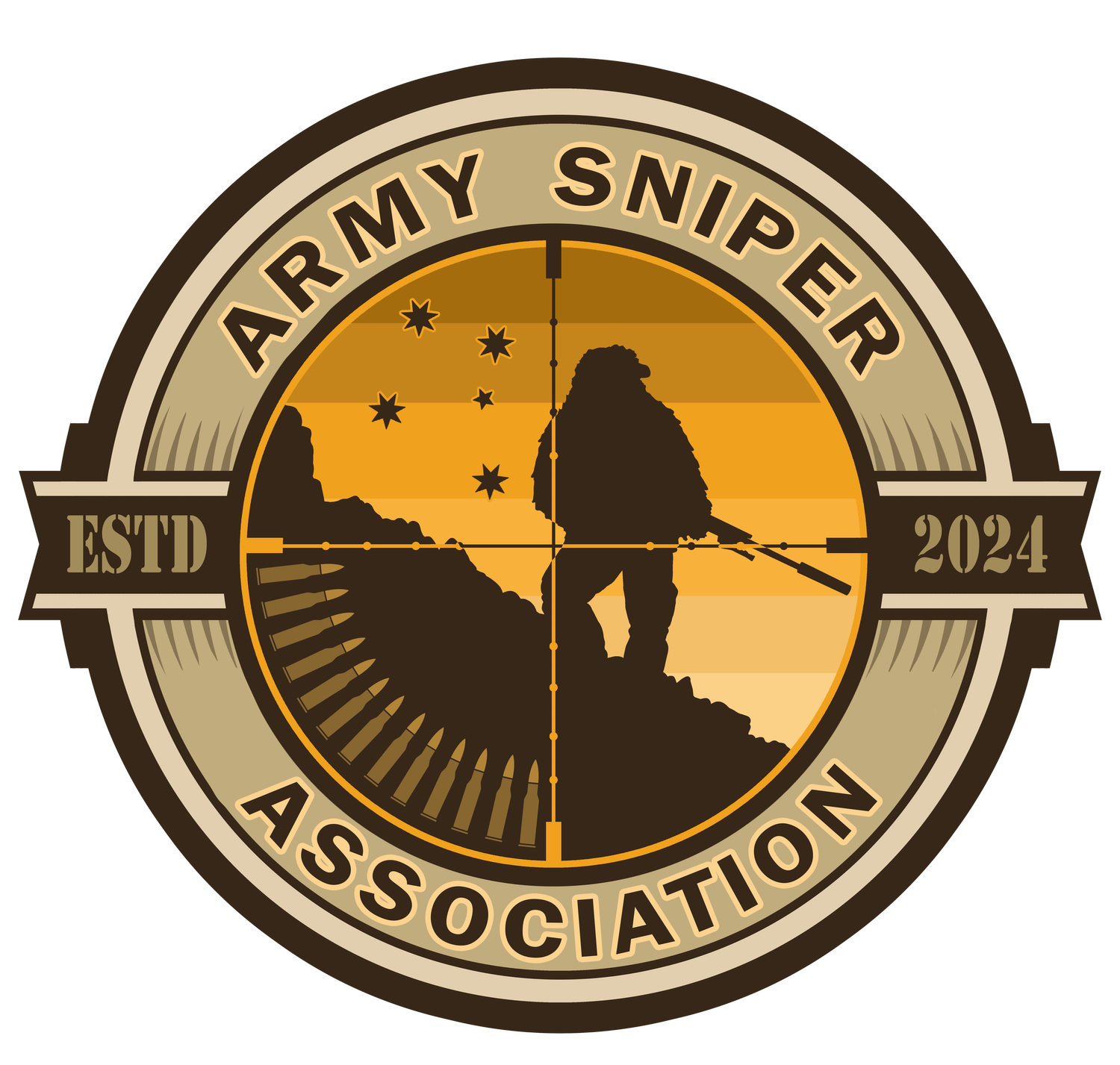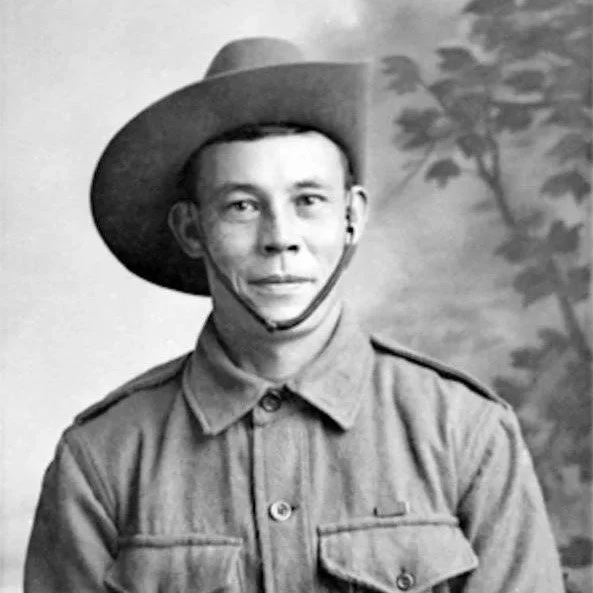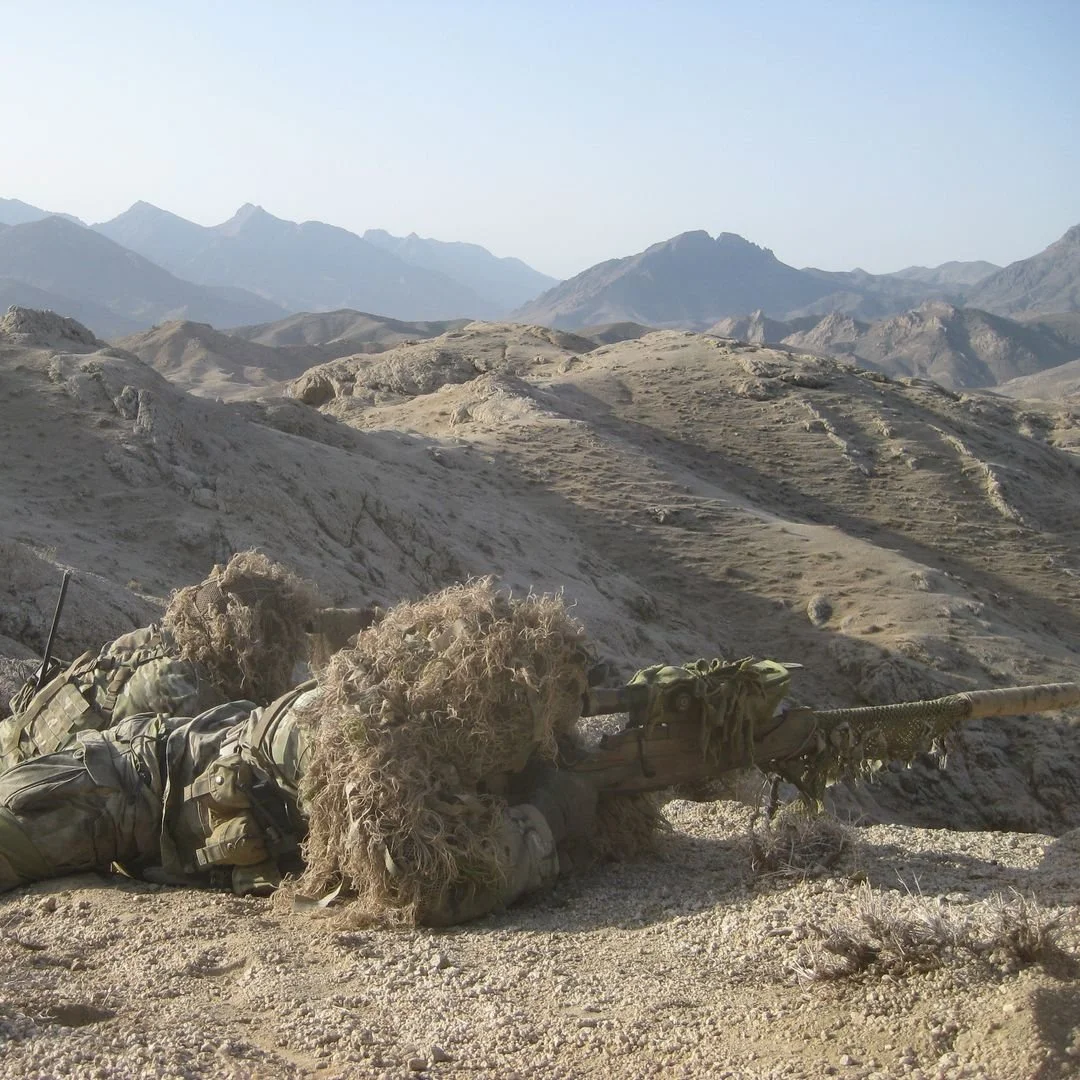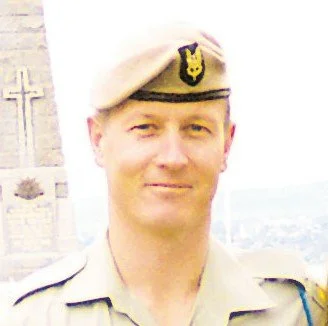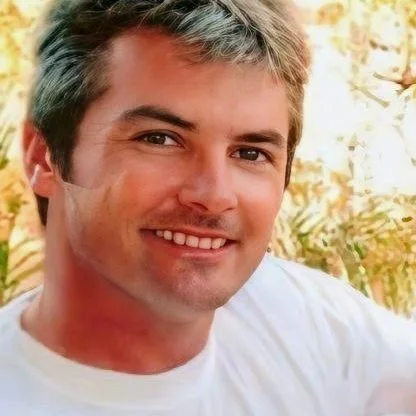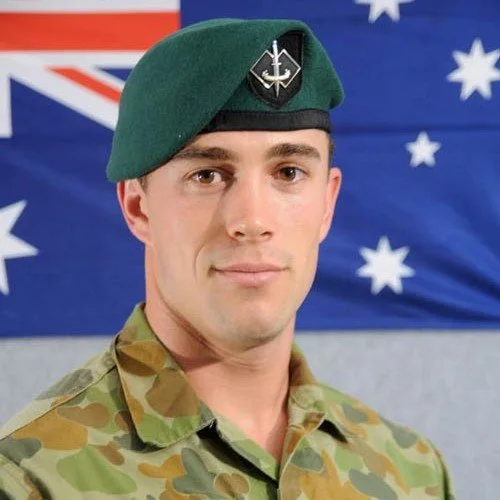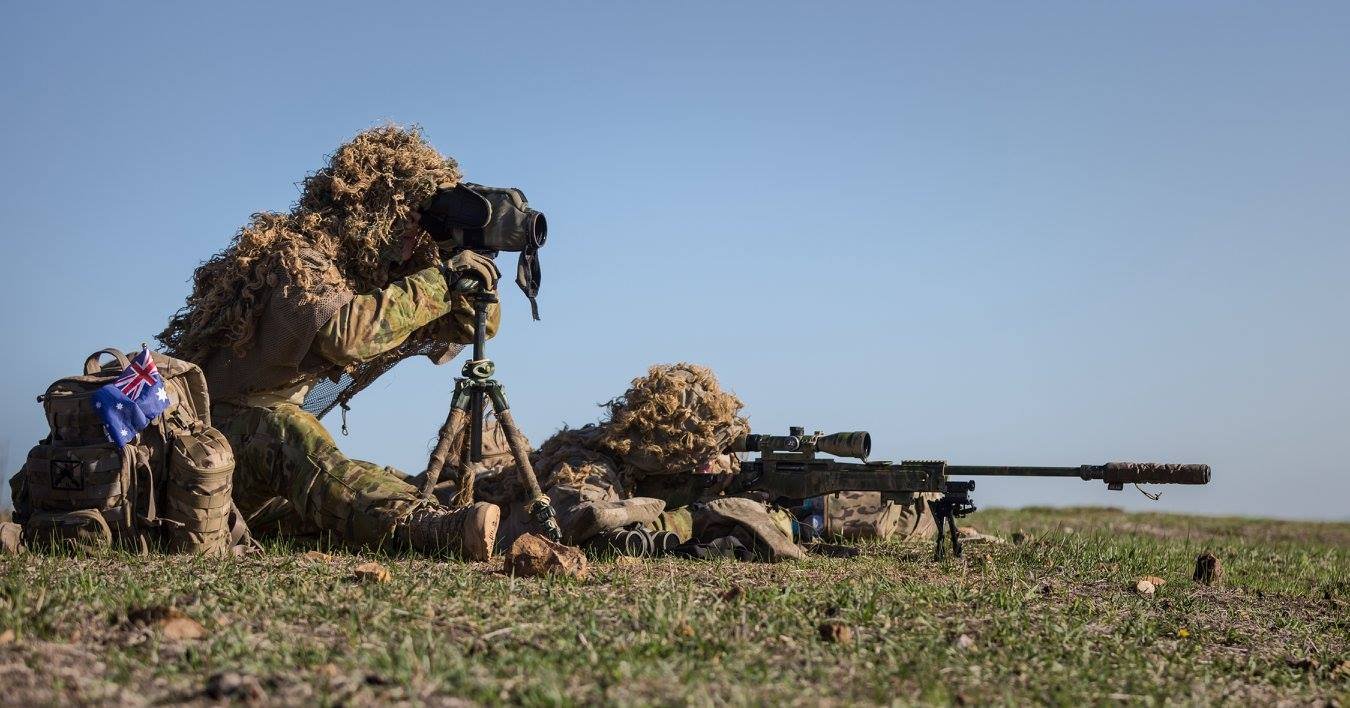
History of the Australian Army
Sniper
Explore the history of the Australian Army sniper and remember our fallen
The Australian Army Sniper:
A Historical Overview
Snipers have long been regarded as the elite marksmen of the military, known for their precision, patience, and ability to operate effectively in hostile environments.
The history of snipers in the Australian Army is a testament to their crucial role in various conflicts, from the First World War to modern-day operations.
The ASA is dedicated to preserving the storied past of Australian snipers, highlighting their contributions and the evolution of their capabilities over the years.
First World War: The Marksmen of Gallipoli
During the First World War, Australian snipers played a pivotal role in several key battles.
Notably, at Gallipoli, individuals like Billy Sing and Stan Savige became legends. Billy Sing, known as the "Gallipoli Sniper," had an estimated 200 confirmed kills, making him one of the most effective snipers of the campaign.
Stan Savige, who later became a senior officer, used his sharpshooting skills to great effect during the withdrawal from Gallipoli, ensuring the safety of his comrades.
These early snipers laid the foundation for the future of Australian sniping, showcasing the importance of precision marksmanship on the battlefield.
Second World War: Precision in the Pacific
In the Second World War, Australian snipers were once again called to action, with a significant focus on the Pacific campaign.
The dense jungles and rugged terrain of the Pacific islands required snipers to adapt their skills to new environments. Their role was crucial in providing reconnaissance, engaging high-value targets, and offering support to infantry units.
The ability to remain unseen while delivering accurate shots made them an invaluable asset in a theatre where traditional tactics often fell short.
Korean War: Sharp Eyes in Harsh Conditions
The Korean War saw Australian snipers continue their tradition of excellence. Operating in the harsh conditions of the Korean peninsula, snipers like Ian Robertson distinguished themselves with their remarkable skill and determination.
The cold, mountainous terrain posed significant challenges, but the snipers' ability to adapt and overcome was a testament to their training and resilience.
Their actions during this conflict further cemented the reputation of Australian snipers as some of the best in the world.
Shelved Capabilities and Rebirth in Peacekeeping
During the Vietnam War, the Australian Army's sniper capability was largely shelved, primarily due to changes in military tactics and the nature of the conflict. However, the importance of sniping was rediscovered in the 1970s, leading to a revival of the capability.
This renewed focus proved invaluable during peacekeeping missions in Somalia, Rwanda, and East Timor. Australian snipers played key roles in these operations, using their skills to provide security and support in volatile environments, demonstrating the enduring relevance of precision marksmanship.
Modern Conflicts: Afghanistan and Iraq
In the contemporary era, Australian snipers have continued to be at the forefront of military operations, particularly in Afghanistan and Iraq. These conflicts have highlighted the need for highly trained snipers capable of operating in diverse and challenging conditions.
Australian snipers have been instrumental in counter-insurgency operations, providing critical intelligence and precision strikes against enemy targets. Their expertise has proven essential in environments where conventional forces often face significant challenges.
Modern Sniping: Advanced Capabilities
Today's Australian snipers are equipped with cutting-edge technology and training that enhances their effectiveness.
Anti-thermal capabilities, which allow snipers to remain hidden from thermal imaging devices, and the ability to target Ground Surveillance Radar (GSR) and Electromagnetic Spectrum Radar (ESR) are just a few examples of the advanced tools at their disposal.
These technological advancements, combined with rigorous training, ensure that Australian snipers remain at the pinnacle of military marksmanship.
The history of snipers in the Australian Army is a testament to their enduring value and effectiveness. From the trenches of Gallipoli to the mountains of Korea, and from peacekeeping missions to modern conflicts, Australian snipers have consistently demonstrated their skill, adaptability, and dedication. As technology and tactics evolve, so too do the capabilities of these elite marksmen, ensuring that they remain a vital component of Australia's military forces.
Roll of Honour
-
Sergeant Andrew Russell, a courageous and dedicated soldier, made the ultimate sacrifice while serving his country in Afghanistan. On February 16, 2002, at the age of 33, Andrew tragically lost his life after the Long-Range Patrol Vehicle he was traveling in struck a land mine in southern Afghanistan. Despite being rushed to a U.S. military hospital for treatment, Andrew succumbed to his injuries, leaving behind a legacy of service, bravery, and commitment.
Andrew’s military journey began when he enlisted into the Australian Regular Army on November 26, 1986. Following his Recruit Training at Kapooka, Andrew joined the Royal Australian Engineer Corps and was posted to the 2nd/3rd Field Engineer Regiment after completing his Initial Employment Training. His exceptional abilities and relentless drive led him to undertake the grueling Special Air Service Selection Course, which he successfully completed in 1991. From there, Andrew embarked on a remarkable career with the SASR, completing specialist training in patrolling, demolitions, parachuting, medical support, and the elite Special Forces Sniper Course.
A true leader and an inspiration to his comrades, Sergeant Russell was known for his unwavering determination and outstanding capabilities. His skill and dedication in both engineering and special forces roles earned him the respect and admiration of all who served alongside him.
Andrew's sacrifice serves as a solemn reminder of the risks faced by those who serve in the Australian Defence Force and the price paid to protect and uphold our nation’s values. His legacy lives on in the memories of his family, friends, and fellow soldiers who honour his service and mourn his loss.
Sergeant Andrew Russell’s courage and dedication will never be forgotten.
Lest we forget.
-
On November 29, 2006, Captain Mark Bingley, aged 35, gave his life in the service of his country. During a failed landing attempt aboard HMAS Kanimbla off the coast of Fiji, the Black Hawk helicopter he was piloting tragically crashed into waters over 2,300 meters deep. While ten of its occupants were rescued from the sea, Captain Bingley succumbed to his injuries shortly afterward. His passing remains a profound loss to his comrades, his loved ones, and his nation.
Captain Bingley’s distinguished military career began as a sniper with the 1st Battalion, Royal Australian Regiment (1 RAR), where he served in Sniper Section. Those who served alongside him recall his remarkable abilities and describe him as "one of those blokes that was just a bloody natural at anything he did." He approached every challenge with determination, excellence, and an unwavering commitment to his comrades.
After achieving his pilot’s license, Mark transitioned to the Aviation Corps, serving as an SSO Pilot with 161 Reconnaissance Squadron. His drive to serve and excel saw him take on the challenging role of piloting Black Hawk helicopters, joining the ranks of the elite in the 171 Squadron, 5th Aviation Regiment. His leadership, skill, and camaraderie left an indelible mark on all who knew him.
Captain Mark Bingley’s dedication and sacrifice exemplify the highest ideals of the Australian Defence Force. To his family, friends, and fellow soldiers, he was not only a skilled soldier and pilot but also a loyal and inspiring companion. His memory endures as a source of pride and inspiration.
May we honour his legacy and sacrifice with gratitude.
Lest we forget.
-
Twenty-seven-year-old Private Chuck was from the Sydney-based 2nd Commando Regiment.
Private Chuck leaves behind his parents, Gordon and Susan, brother Jason, sister Tiffany and his partner Tess. Private Chuck was born in Atherton, Queensland on June 18th 1983.
He joined the Army on May 11th, 2004 as part of the Special Forces Direct Recruiting Scheme. On completion of his Commando Selection Training Course and Reinforcement Cycle, having been awarded 'Top Soldier', he was posted to the then 4th Battalion Royal Australian Regiment (Commando) – now 2nd Commando Regiment.
This was Ben's third tour to Afghanistan and was serving with the SOTG. Private Chuck was an outstanding Commando who was highly trained and excelled at all he attempted. Private Chuck was the Patrol Medic within his sniper team. He was suited to this role as his affectionate and caring nature drove his passion for helping his mates.
"Your ability and professionalism made you a great soldier, your character made you a great man"..... Commando Willi Ben was serving with the Special Operations Task Group during the final offensive in the Battle of Sha Wali Kot when he tragically lost his life in a helicopter crash, on Monday 21 June 2010.
-
Private Lambert was a member of the Mentoring Task Force – Three and was from the 2nd Battalion, Royal Australian Regiment (2RAR) based in Townsville, North Queensland.
Private Lambert is survived by his partner, parents and family. Private Lambert was born in Kogarah, NSW in 1985. He joined the Army from southern Queensland enlisting in the 9th Battalion, Royal Queensland Regiment in August 2005, transferring to the Australian Regular Army in February 2007 and posted to 2RAR in Townsville.
Private Lambert is described as a well-respected soldier who excelled in any task he was assigned and was looking forward to serving his country in Afghanistan.
-
Lance Corporal Todd Chidgey was serving with a Protective Security Detachment providing protection for a senior Australian officer at Headquarters International Security Assistance Force Joint Command.
Lance Corporal Chidgey died in a non-combat related incident in Afghanistan on 1 July 2014.Lance Corporal Chidgey is survived by his mother, father, brothers and partner.
Twenty-nine-year-old Lance Corporal Chidgey was born in Gosford, New South Wales, in 1985. He joined the Australian Army in March 2006 under the Special Forces Direct Recruiting Scheme and on completion of his initial employment training, was posted to the then 4th Battalion (Commando), The Royal Australian Regiment, now the 2nd Commando Regiment, in September 2006. Lance Corporal Chidgey deployed on six tours to Afghanistan ranging from two weeks to six months.
Lance Corporal Chidgey’s colleagues in the 2nd Commando Regiment have described him as a brilliant bloke to know and work with, who was loyal to the core and would do anything for his mates. A consummate professional and a dedicated soldier, Lance Corporal Chidgey was one of the hardest working members of the Regiment, who never sought recognition or reward.
